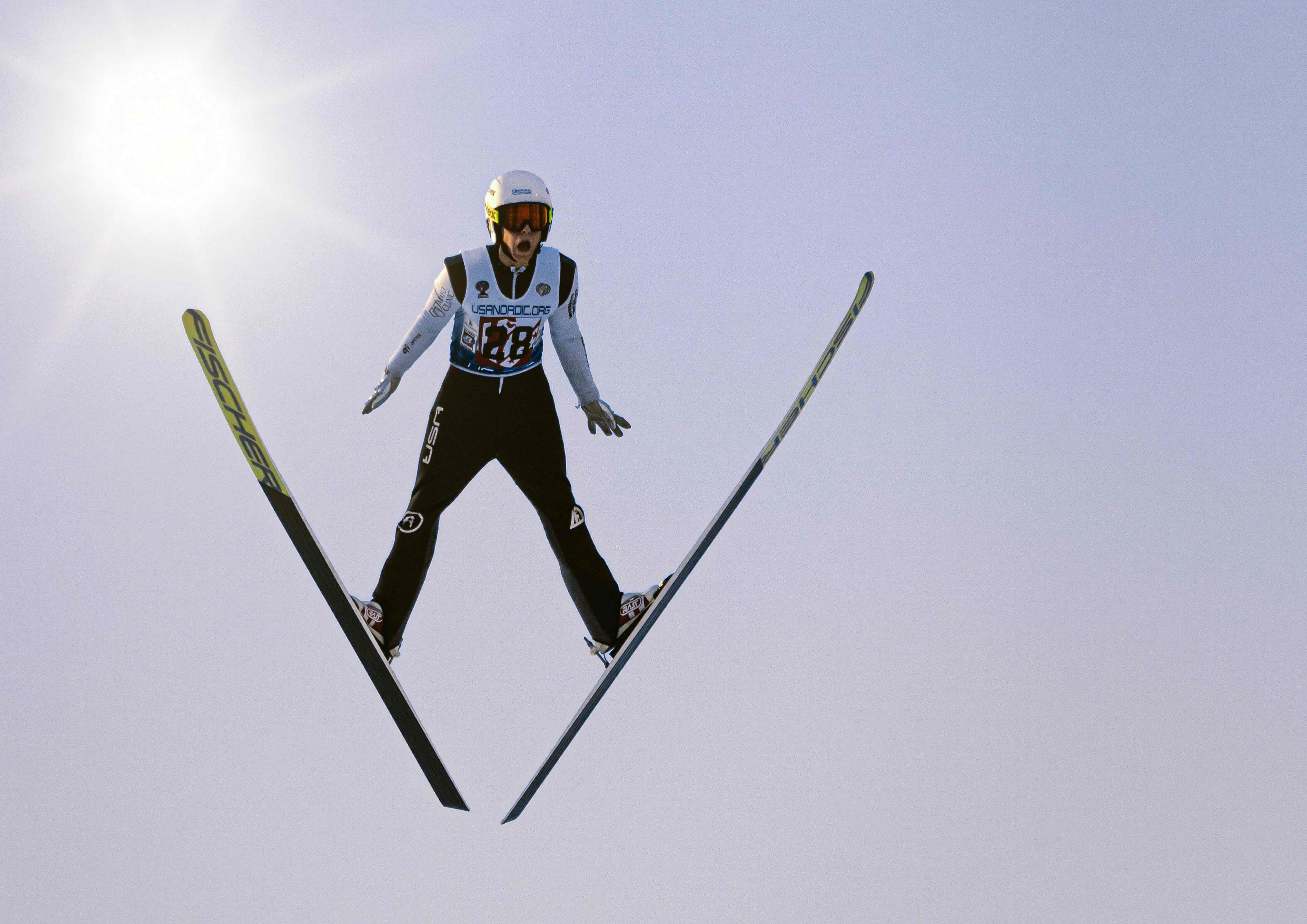.png)
Ignorance, discrimination, and prejudice continue to appear in sports, even at the highest levels. Just recently, at the 2024 Paris Olympics, Algerian boxer Imane Khelif was bombarded with hateful transphobic and transmisogynistic comments and false accusations regarding gender, causing her to leave her match in tears even after beating an Italian opponent (Nasir, 2024).
Historically speaking, female athletes of color have faced discrimination from their white counterparts and fans, making them a target for cyberbullying and online criticism (Nasir, 2024). This was exemplified in 2009 when South African athlete Caster Semenya was barred from running for months pending a feud about hormone levels with officials. Critics of this decision argued that her testosterone levels are a genetic or biological gift, but they were pegged as masculine by surrounding officials (Nasir, 2024). Nasir remarks that swimmer Michael Phelps had particular biological features that aided his advantage. However, it was never an issue in the media, which could be attributed to his white, Eurocentric appearance (Nasir, 2024).
The example above depicts how diverse athletes are subjected to abuse at multiple layers – the first being interpersonal in the form of stereotyping, slurs, and hate comments, and the second being institutional, when the abuse manifests organizationally, and specific rules and regulations negatively affect these athletes' daily lives. Ignorant comments and discriminatory beliefs may be viewed as harmless. However, they can become normalized and adopted within institutional policies, rules, and regulations. People can hurt us, and so can institutions.
To further understand how abuse affects diverse athletes disproportionately, we can look at the psychological model of the cycle of abuse. The cycle of abuse model serves as a tool that can help conceptualize discrimination and prejudice, demonstrating common patterns of abuse in relationships. (Walker, 2021). The cycle of abuse has four stages: the explosion stage, the honeymoon stage, the calm stage, and the tension-building stage. By understanding abuse in its entirety as a cycle, we can see how the victim is sucked into the abuser's vortex of tactics before and after the acute incident.
Though the cycle is most commonly applied to interpersonal situations, it can also be used to understand situations between individuals and systems/organizations/institutions. Moreover, the cycle of abuse can be transformed from its interpersonal conception into displaying the abuse and oppression that groups of athletes from marginalized communities face from institutional and systemic forms of abuse. In these scenarios, the societal institutions and systems are the abuser, and the victim is the group of athletes experiencing discrimination and oppression.
By dismissing empathy and critical thinking, society is continuing to exacerbate these issues of systemic abuse. Remember, abuse thrives through ignorance, making it paramount to educate ourselves about diversity. We all have a role to play in protecting our athletes and our sports. To learn more about diversity and systemic abuse, take a deep dive into this guide: Unveiling the Cycle of Abuse: How Systemic Oppression Disadvantages Diverse Athletes.
Sophia Tauro
Adler University Masters Student
References
Educator & Forensic psychologist: Official website. Dr. Lenore E. Walker. (2021, July 6). https://www.drlenoreewalker.com/
Nasir, N. (2024, August 5). For female athletes of color, scrutiny around gender rules and identity is part of a long trend. AP News. https://apnews.com/article/olympics-2024-gender-racism-female-athletes-49b79a6b7ae76afaebb00319732d6486



-min.jpg)
